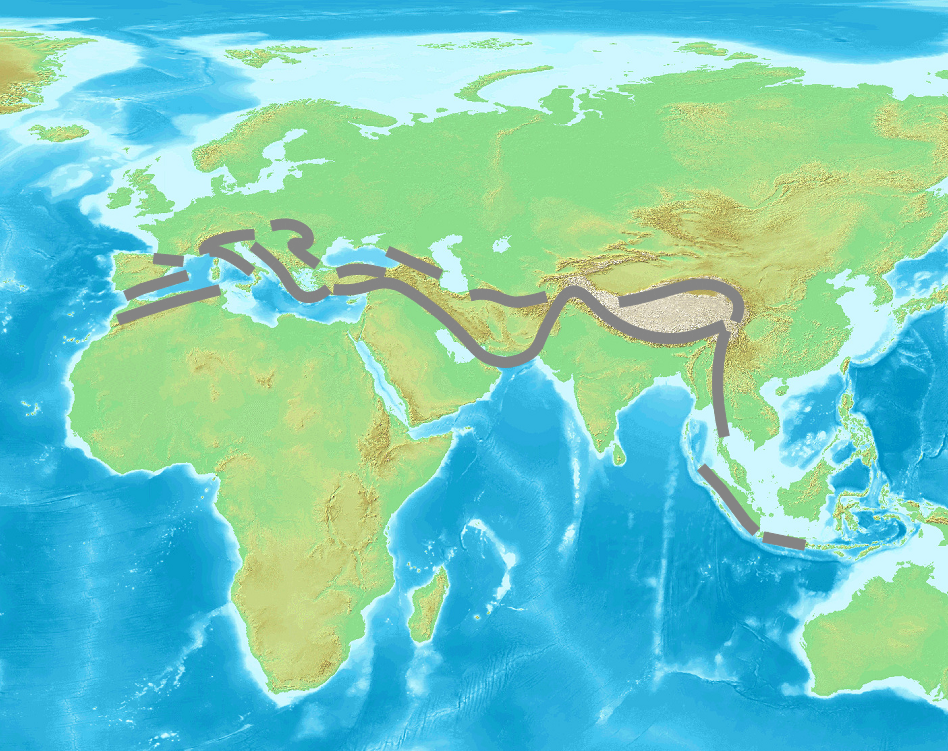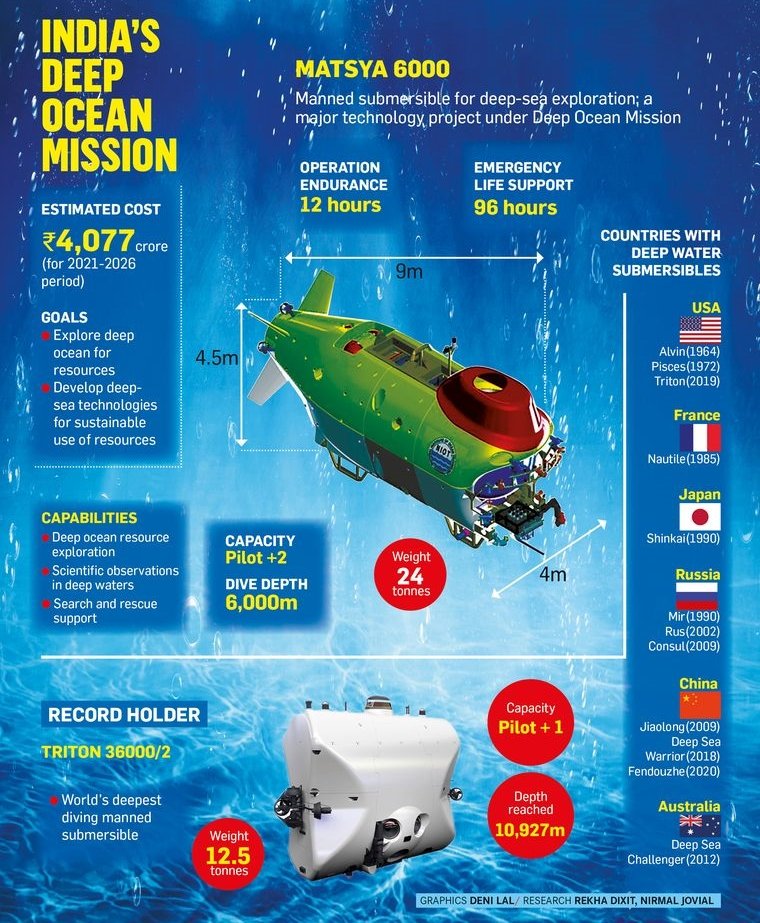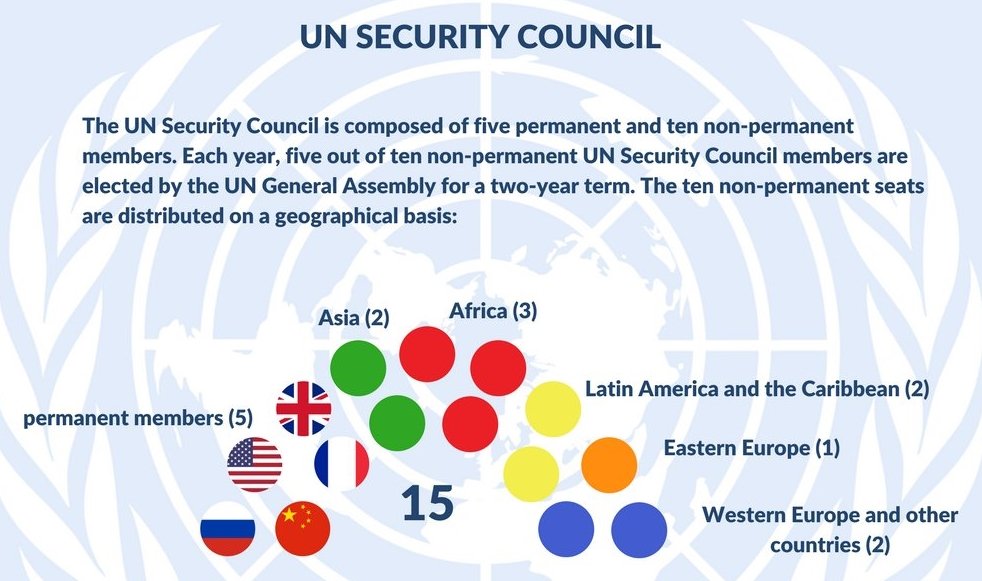
Current Affairs December 06, 2023: Global Renewables & Energy Efficiency Pledge, Amrit Sarovar Scheme, Section 6A of the Citizenship Act, Hornbill Festival
Subscribers of "Current Affairs" course can Download Daily Current Affairs in PDF/DOC
Subscribe to Never Miss an Important Update! Assured Discounts on New Products!
Must Join PMF IAS Telegram Channel & PMF IAS History Telegram Channel
{GS2 – MoC – Initiatives} Cooperatives
- Context (PIB): The Minister of Cooperation (MoC) rolled out provisions for strengthening the audit process of multi-state cooperative societies (MSCS).
Provisions for audit notified by MoC
- Concurrent Audit for MSCS with turnover/deposits of >500 Cr from a panel of auditors approved by Central Registrar to ensure early detection of fraud/irregularities.
- The panels of auditors notified for the financial year 2023-24:
- Panel of auditors for MSCS having an annual turnover/deposit of up to 500 Cr for carrying out Statutory Audit.
- Panel of auditors for MSCS having an annual turnover/deposit of >500 Cr for carrying out Statutory and Concurrent Audit.
- The Central Government has also introduced a provision for the determination of accounting and auditing standards for MSCS.
Cooperatives
- Co-operatives are voluntary, democratic, and autonomous organisations controlled by their members.
- MSCS operate in more than one state in various sectors such as agriculture, textile, poultry, and marketing.
- States regulate state cooperative societies’ incorporation, regulation, and winding up.
- Parliament can legislate on matters related to the incorporation, regulation, and winding up of MSCS.
- The MSCS Act 2002 provides for the functioning of MSCS under the Ministry of Cooperation.
Constitutional Status
- Part IXB of the IC grants constitutional status to cooperative societies and contains provisions for their democratic functioning. It was inserted by the Constitution (97th Amendment) Act, 2011.
- The SC, in 2021, held that Part IXB of IC would only apply to MSCS, as states have the jurisdiction to legislate over state cooperative societies (SCS).
Cooperative Movement in India
- Started in late 19th century, when the Industrial Revolution had disrupted the village industries and forced people to depend on agriculture.
Pre-Independence Period
- It began as a voluntary effort to provide cheap credit to the farmers exploited by the money lenders.
- The British government enacted the Co-operative Societies Act in 1904 and 1912 to regulate and promote cooperatives.
- The Maclagan Committee (1914) recommended expanding and developing cooperatives as a means of rural reconstruction.
- The movement received support from nationalist leaders like Mahatma Gandhi.
Post-Independence Period
- The movement became an integral part of the national planning and development strategy after independence.
- In 1958, the National Development Council (NDC) recommended a national policy on cooperatives (announced in 2002).
- In 1962, the National Cooperative Development Corporation (NCDC), a statutory corporation, was set up.
- In 2011, the 97th Constitutional Amendment Act was introduced to give constitutional backing to cooperative.
Advantages of Cooperatives
- Democratic Decision-Making: Equal voting rights and voice to all members.
- Promote the spirit of mutual understanding, self-help and self-government.
- Increased Bargaining Power: Negotiate better prices, terms, and by selling collectively.
- Fulfill social, economic, and cultural needs and create employment, and development opportunities.
- Economic Benefits: Provide access to capital at lower rates, goods and services at fair prices.
Issues concerning functioning of Cooperatives
- Inadequacies in governance.
- Politicisation and the excessive role of the government.
- Lack of efforts for capital formation.
- Inability to attract and retain competent professionals.
- Indefinite postponement of elections to cooperative boards, etc
Way Forward
- Strengthening cooperative education boards.
- Facilitating access to credit, subsidies, grants, technology, infrastructure, etc.
- Streamlining dual regulation, rationalising tax structure, and creating a single window system.
- Promoting member education and empowerment, enforcing accountability and transparency mechanisms, developing codes of conduct.
- Adopting recommendations of committees such as the Mirdha Committee & the Choudhary Brahm Prakash Committee.
Mirdha Committee (1978)
Choudhary Brahm Prakash Committee (1990)
|
{GS2 – MoRD – Schemes} Amrit Sarovar Scheme
- Context (PIB): The Mission Amrit Sarovar has been completed on 15th August 2023.
- Mission Amrit Sarovar was launched on National Panchayati Raj Day on 24th April 2022.
- It is a part of the celebration of Azadi ka Amrit Mahotsav.
- Objective: To conserve water for the future.
- Aim: Development and rejuvenation of 75 water bodies in each district of the Indian states.
- The mission worked through the states and districts, refocusing on various schemes such as:
- Mahatma Gandhi National Rural Employment Guarantee Scheme (MGNREGS)
- XV Finance Commission Grants
- Pradhan Mantri Krishi Sinchayee Yojana (PMKSY) sub-schemes, such as Watershed Development Component and Har Khet Ko Pani
- States’ own schemes.
- The mission is based on a “Whole of Government” approach with the participation from:
- Ministry of Rural Development (MoRD)
- Ministry of Jal Shakti (MoJS)
- Ministry of Culture (MoC)
- Ministry of Panchayati Raj (MoPR)
- Ministry of Environment, Forest & Climate Change (MoEFCC)
- Ministry of Railways (MoR)
- Ministry of Road Transport & Highways (MoRTH)
|
{GS2 – Polity – IC – Citizenship} Section 6A of the Citizenship Act, 1955
- Context (IE): The Supreme Court asked the Centre on how many people obtained citizenship of the country availing Section 6A of the Citizenship Act, 1955.
- Section 6A was incorporated as a unique provision in the 1955 Act after the signing of the ‘Assam Accord’ on August 15, 1985.
What is Assam Accord?
|
- Section 6A was made applicable only to Assam. It laid down that all persons of Indian origin who entered Assam before Jan 1, 1966 & have been ordinary residents will be deemed Indian citizens.
- This section was inserted as an amendment to establish March 24, 1971 as the cut-off date for entry into the state.
- It states that while those who came to Assam on or after January 1, 1966 but before March 25, 1971 from Bangladesh shall be detected as “illegal immigrants” or “foreigners”.
- These illegal immigrants will get citizenship at the expiry of 10 years from their detection as a foreigner & would have to register themselves according to rules made by the GoI.
- During this interim period (10 years), they will not have the right to vote but can get an Indian passport. At the end of the ten-year period, they were to be deemed citizens.
Legal challenges to Section 6A
- Constitutional Validity: Legal challenges have been raised regarding its compliance with the fundamental rights.
- Discrimination: Some argue that Section 6A’s “discriminatory” nature in granting citizenship to immigrants, especially illegal ones, is in violation of Article 6 of the Constitution, which establishes the cutoff date for granting citizenship to immigrants as July 19, 1948.
- Impact on Assam Accord: There have been debates about whether the provisions of Section 6A align entirely with the intentions and clauses outlined in the Assam Accord.
- Conservation of Cultural Rights: Some demand the updating of the National Register of Citizens (NRC) for Assam based on the 1951 NRC rather than the electoral rolls of March 1971.
Constitutionality of Section 6A
- Article 11 of the Indian Constitution grants Parliament the authority to regulate citizenship laws, resulting in the enactment of the 1955 Citizenship Act for post-Constitution citizenship matters.
- The IC does not define the term ‘citizen’ but details of various categories of persons who are entitled to citizenship are given in Part 2 (Articles 5 to 11 — deals with the Citizenship of India).
- The Union government has argued that Section 6A is valid and has urged the court to dismiss the petitions challenging its constitutionality.
Illegal Immigration vs Humanitarian Crisis Debate: Supreme Court’s Opinion
- “Section 6A was enacted at a point which is deeply connected to our history — India had a very vital role in the creation of Bangladesh.”
- “The immigration which took place cannot be regarded purely on the footing of an illegal immigration but it was something which was really a humanitarian aspect of the atrocities.”
- “The parliament of India did not look at it merely as the issue of illegal immigration but something which deeply interwoven in our history.”
Citizenship Act,1955
|
{GS2 – Social Sector – Health – Disease} Monkeypox
- Context (DTE | TH): Democratic Republic of Congo reports the biggest monkeypox (mpox) outbreak with the first sexually transmitted cases worldwide.
- Monkeypox is a rare viral infection caused by the monkeypox virus.
- Mpox is a zoonotic infection (infections that spread from animals).
- First discovered in 1958, Monkeypox occurs primarily in tropical rainforest areas of central and west Africa and is occasionally exported to other regions.
- Common symptoms: Fever, muscle ache, rash and swollen lymph nodes, pus filled skin lesions. It may lead to a range of medical complications, causing even death (3-6% cases).
- Monkeypox is usually a self-limited disease with the symptoms lasting from 2 to 4 weeks.
- It is less contagious than smallpox and causes less severe illness.
- Higher risk group: Pregnant ladies, children and low immunity persons.
- Transmission to humans:
- Through close contact with an infected person or animal, or with material contaminated with the virus.
- Eating not thoroughly cooked infected animals.
- Fatality rate: Varies from 0.1 to 10%.
- Treatment: No specific treatment approved.
Monkeypox Virus
|
{GS3 – Envi – Initiatives} Africa Green Industrialization Initiative (AGII)
- Context (TH): The Africa Green Industrialisation Initiative (AGII) was launched at the 28th Conference of Parties (COP28).
- It incorporates elements of the Sustainable Development Goals (SDGs) and the Paris Agreement.
- It discourages fossil fuel production and use which contributes to global warming.
- It aims:
- To upscale and accelerate green industries and businesses across Africa.
- Towards realisation of Nairobi Declaration activating private sector led scaling up of green industrial clusters.
{GS3 – Envi – UNFCCC} Global Renewables and Energy Efficiency Pledge
- Context (IE | DTE): India refrained from signing the Global Pledge on Renewable Energy and Energy Efficiency at the COP28 (UAE).
- 116 countries have signed the pledge, agreeing to:
- Triple installed global renewable energy capacity to a minimum of 11,000 gigawatts.
- Double the global annual energy efficiency improvement rate to over 4% by 2030.
Share of Fossil Fuel in Emissions
- Fossil fuels account for 80% of all greenhouse gas (GHG) emissions.
- Addressing GHG emissions requires significantly reducing the use of these fuels. However, influential countries in climate negotiations seek emission reductions without addressing their source.
- The current focus is on reducing energy consumption or enhancing energy efficiencies.
Phase Down vs Phase Out of Fossil Fuels
- There has been growing pressure for the phase-out of fossil fuels in the global scenario.
- But countries like India do not favour it; rather, it is pitching for the phase-down of fossil fuels.
|
Arguments of India for Not Phasing Out Fossil Fuels
- India, the third-largest emitter of GHGs, has low per capita emissions. This suggests:
- Limited access to energy
- Reduced consumption
- Comparatively lower living standards
- Lack of infrastructure for a complete renewable energy switch. For eg, developed nations promised in COP15 to channel US$100 billion annually to less wealthy nations by 2020, which is not fulfilled.
- Detrimental for economic growth
- India not being a historical contributor. Developed countries achieved their growth at the cost of the global climate and want to shift the burden of climate change mitigation to developing countries.
- This is against the Common But Differentiated Responsibilities and Respective Capabilities (CBDR-RC) principle, enshrined in the Earth Summit 1992.
CBDR-RC
|

{GS3 – IE – Industry} Micro, Small and Medium Enterprises (MSMEs)
- Context (TH): The Credit Guarantee Fund Trust for Micro and Small Enterprises has extended guarantees to 78,06,665 Micro and Small Enterprises under the Credit Guarantee Fund Scheme for Micro and Small Enterprises (CGSMSE).
- CGSMSE is a central sector scheme launched in 2000.
- It aims to make available collateral-free credit to the micro and small enterprise sectors. (Both existing and new enterprises are eligible.)
- The corpus for the scheme is contributed by the Central Government and Small Industries Development Bank of India (SIDBI) in the ratio 4:1.
- Ministry of Micro, Small & Medium Enterprises (MSME) and SIDBI established a trust named Credit Guarantee Fund Trust for Micro and Small Enterprises (CGTMSE) to implement the CGSMSE.
MSME Definition
- It was changed by amending the MSMED Act, 2006:
- Removal of current distinction between manufacturing & services MSMEs.
- Increase in the investment limit.
- Additional criteria for annual turnover introduced.
|
Revised MSME Classification |
|||
|
Composite Criteria: Investment & Annual Turnover |
|||
|
Classification |
Micro |
Small |
Medium |
|
Manufacturing & Services |
Investment < Rs. 1 crore
Turnover < Rs. 5 crore |
Investment < Rs. 10 crore
Turnover < Rs. 50 crore |
Investment < Rs. 50 crore
Turnover < Rs. 250 crore |
Significance of MSMEs
Economic Significance
- Composition: More than 99% are in the ‘Micro’ sector, 95% is in the unorganised sector, 30% are in manufacturing and 70% in services, and 55% are in rural areas.
- It contributes 30% to GDP, 45% of manufacturing output, and 40% of exports.
Employment
- It generates 2nd highest employment, after the agriculture sector.
- It employs 80% of the population with just 20% investment.
Key to Inclusive growth
- It creates employment opportunities for special segments such as women, physically challenged, traditional industries, etc.
Strategic significance
- MSME is a key component in ‘Make in India’, Digital India, Start-up India, Stand-up India, Indigenous Defence Production, and e-commerce initiatives of GoI.
Challenges faced by MSME Sector
- Policy environment not conducive to growth: Perverse incentives to remain small, unregistered, and informal as tax and other concessions are withdrawn if they outgrow beyond a limit.
- Difficult entry/exit norms, multiplicity of rules, requirement of various approvals, inspector raj, complex compliance norms, etc.
- Small size, lack of Infrastructure & outdated technology, which leads to the absence of economies of scale, thus leading to high costs of operations, transport and raw materials.
- Less than 40% of MSMEs have access to formal credit due to inadequate collaterals, low assets recovery rate (< 15%) for failed firms, complex loan procedures, etc.
- MSMEs face the problem of delayed payments, further leading to rising NPAs.
- Limitations in accessing investors directly through capital markets due to a lack of standards to rate creditworthiness.
- Lack of awareness about various schemes launched by the government.
- Data fragmentation: MSMEs work in silos making it difficult to develop a holistic view thus hindering effective analysis and decision-making.
Way Forward
- Public Procurement through GeM (Government e-Marketplace) portal: GeM can be developed as a full-fledged marketplace for MSE sellers to procure raw materials too.
- Building networks of development service providers to provide customised solutions to MSMEs in technology, product development and marketing techniques.
- Financial support: Distress Asset Fund to assist units in clusters, provide collateral-free loans, facilitate crowdsourcing by setting up Non-Profit Special Purpose Vehicle.
- Focus on capacity building by establishing Enterprise Development Centres (EDCs) within District Industries Centres (DICs) in each district for skilling and technology development.
- Exit Policy for MSMEs by provision for out-of-court assistance to MSMEs such as mediation, debt counselling, financial education, or the appointment of a trustee.
For Initiatives by GoI for MSME Sector- PMF IAS July CA Monthly Magazine
{GS3 – S&T – Space} Seed Fund Scheme for Startups in Space Sector
- Context (TH | TOI): The Indian National Space Promotion and Authorisation Centre (IN-SPACe) has announced a seed fund scheme to offer start-ups focusing on urban development and disaster management.
|
- The Scheme was launched in collaboration with ISRO’s National Remote Sensing Centre (NRSC).
- The scheme has the provision of providing financial assistance of up to Rs 1 Cr in addition to mentorship support, training and networking opportunities.
- Eligible applicants include early-stage startups with innovative ideas and projects that use space technology to address the space sector’s upstream, midstream, and downstream challenges.
- Objectives:
- Provide a leg-up to companies that leverage space technology for societal benefit.
- Transform an original idea into a prototype using space technology.
- Enhance the nation’s space activity capabilities with start-ups’ active participation.
Status of India’s Space Sector
- It contributes approx 0.23% to India’s GDP.
- India’s space sector accounts for only 2.1% of the global space economy out of an estimated US$ 423 billion.
- India hosts 3.6% of the world’s space-tech companies, with the USA leading the industry with 56.4%.
- India has become the leading provider of third-party launch services.
- Growth Potential: With a supportive environment, the Indian space industry could reach $50 billion by 2025 and $60 billion by 2030, creating over 200,000 jobs.
{Prelims – A&C – Festivals} Hornbill Festival
- Context (TH): The 24th edition of the Hornbill festival began at the Naga Heritage Village ‘Kisama’ of Nagaland. The state partner for this year’s edition is Assam.
- It is celebrated annually since 2000 in the 1st week of December in Nagaland.
- It is named after the hornbill bird, which holds immense cultural significance in the traditions of the Naga tribes.
- The festival aims to showcase the rich cultural heritage of the Naga tribes, fostering inter-tribal understanding and interaction.
- It is called ‘festivals of festivals’.





![PMF IAS Environment for UPSC 2022-23 [paperback] PMF IAS [Nov 30, 2021]…](https://pmfias.b-cdn.net/wp-content/uploads/2024/04/pmfiasenvironmentforupsc2022-23paperbackpmfiasnov302021.jpg)










